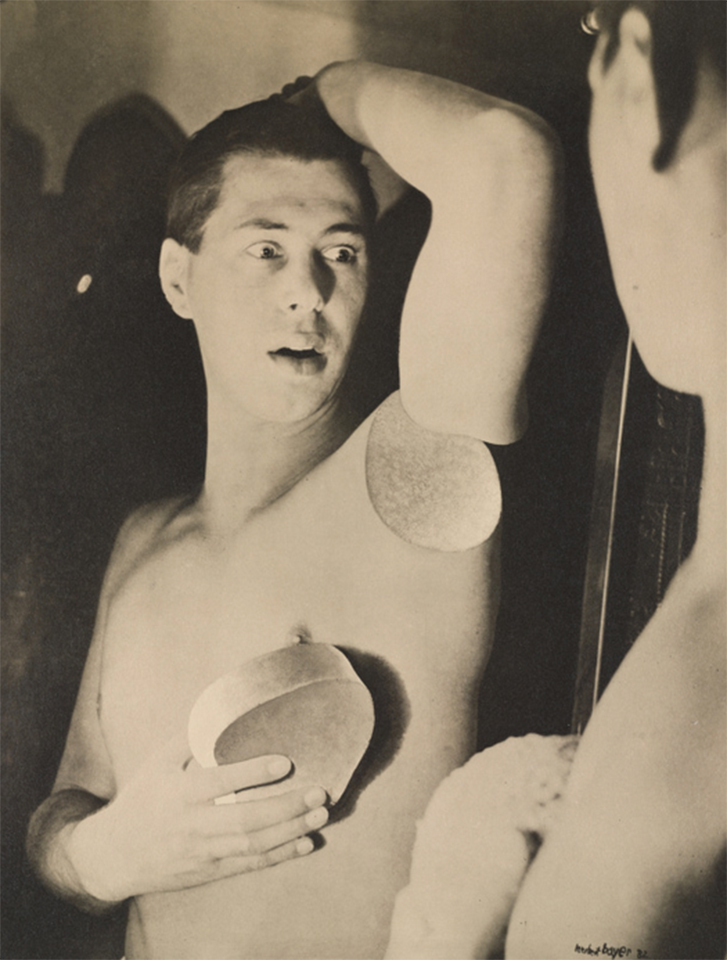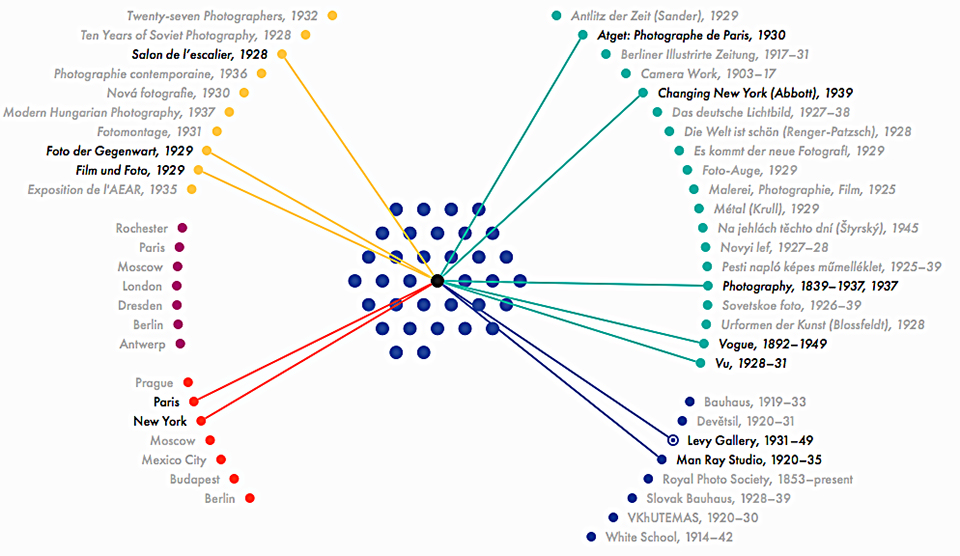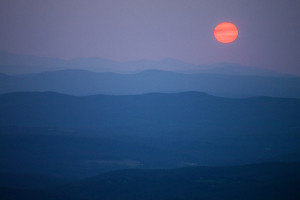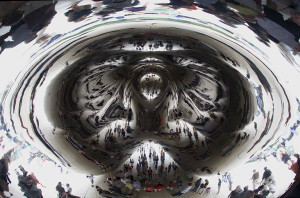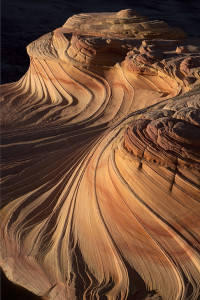Recently I saw the photographic exhibit “OBJECT:PHOTO at the Museum of Modern Art in New York City. It is essentially the Thomas Walther Collection, a selection of 341 ”modern” photographs by 148 artists made from 1909–1949.
The prospectus says that the collection “represents the innovative vision of the 1920s and ’30s, a transformative period of modern photography and the foundation of our photo-based world.”
As presented by MOMA, it is much more.
In 2010, the Andrew W. Mellon Foundation gave the Museum a grant to encourage deep scholarly study of the Walther Collection and to support publication of the results.
The MOMA coined the study “The Project” and spent several years developing new ways to relate to a collection of photographs. This exhibit is not a leisurely stroll through rooms of prints with arrogant captions written by the curator.
From the website: “Creating new standards for the consideration of photographs as original objects and of photography as an art form of unusually rich historical dimensions, the project affords both experts and those less familiar with its history new avenues for the appreciation of the medium.”
This is a turn-about from 1960, where as an example, in the United Kingdom photography was not recognized as a fine art. Dr. S.D. Jouhar said, when he formed the Photographic Fine Art Association at that time – “At the moment photography is not generally recognized as anything more than a craft.”.
The Thomas Walther collection consists of 347 photographs. Each photo contributes to an appreciation of the excitement that these 148 artists must have felt at the time. Loring Knoblauch at the Collector Daily (a great reference to locations and information on all current major photography exhibits) has this to say about the images in OBJECT:PHOTOGRAPHY:
“For those enamored with the burst of innovation we have recently seen with the digital revolution, the 1920s and 1930s were an equally exciting and disruptive time for photography. Those years saw the introduction of the hand held camera (and the flexibility it offered), the broadening of photojournalism (and the magazines that featured it), the growth of filmmaking, and the expansion of the avant garde. It was a time of intense experimentation both in Europe and America, with new technical developments quickly opening up new areas of artistic exploration and new visual vocabularies. Photographers from across the globe were connecting and cross pollinating in exhibitions, publications, and face to face meetings, taking advantage of their new found freedoms.”
Although the visceral quality of the images is the real way to see the art (why they are displayed in museums), many of you will not make it to the MOMA for this exhibit. However, all photographs are available on the OBJECT:PHOTO website. And there one can experience the Mellon Foundation study in many ways.
On the site there is a collection of essays on aspects of the exhibit, there is a section on Mapping the Photographs, on Comparing the Photographs, on Connecting the Artists and on Mapping the Artist’s Lives. All organized to enrich one’s appreciation of the Thomas Walther collection.
Here is a visualization mapping Bernice Abbott’s life to other artists. The website says,” This visualization illustrates the artists’ relationships with the various meeting points — influential exhibitions, publications, schools, studios, and industrial and cultural centers — that linked them in this era.”
So who is Thomas Walther? MOMA provides little information. I found a piece by Vince Aletti in the NYC Village Voice where he interviewed Walther.
“Walther, heir to a German machine-tool manufacturing fortune, is publicity-shy and evasive about the extent of his larger collection—he estimates its number at “somewhere between 1000 and 2000 pictures.
For now, the place he’s found is New York. Walther still describes himself as a Berliner, but he’s lived here since the early ’80s—he’s currently in a Soho loft—and feels at home the way he no longer does in Europe.
…he regularly adds rarities to what he calls his “core collection”—including a sublime, mid-19th-century daguerreotype of clouds by Southworth and Hawes that he snapped up at Sotheby’s last spring (1999) for $354,500…Speaking of his core collection, he says, “I was attracted to peculiar emanations of the human spirit,”
Thank you, Thomas for making your wonderful collection available to us.

